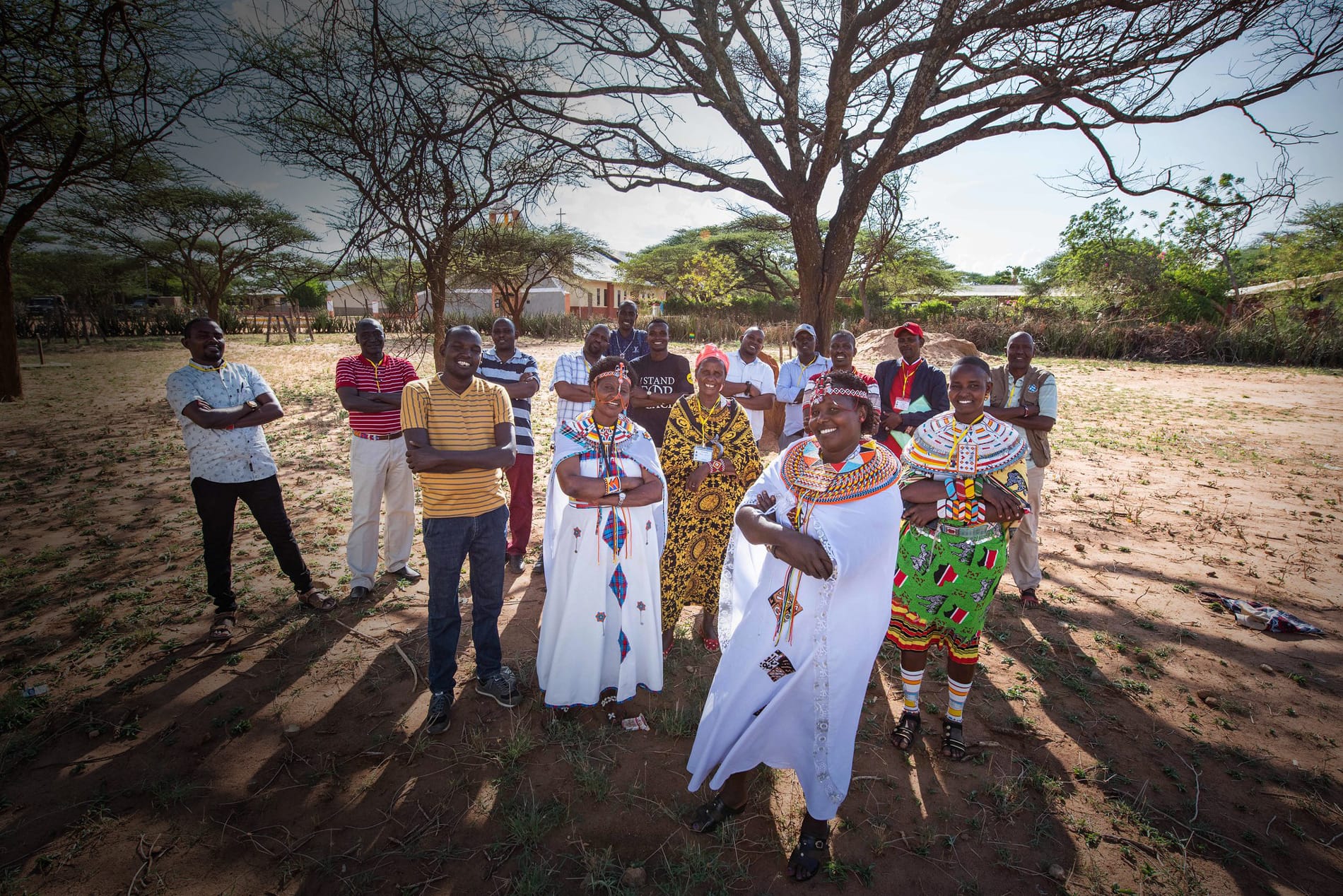
How We Create Thriving Futures:
A Deeper Look into Our Programs and Methodology
By working with Legado, people define and create legacies for both themselves and their communities. When they design and implement solutions of their choosing, they create sustainable outcomes we call Thriving Futures. There are three steps to creating a Thriving Future.
1. Amplify the Voices of Every Community Member through Legacy Planning
At Legado, we believe that sustainable change is only possible when local and Indigenous communities play a leadership role in articulating the priorities for themselves, their families, and their communities—and in bringing these priorities to life.
We begin with legacy. Our first step is to convene local women and men, elders and youth, from every station in society to begin envisioning their legacies: for themselves, their community, and their landscapes.
Our work involves and amplifies all community voices and perspectives, particularly those of women and youth.
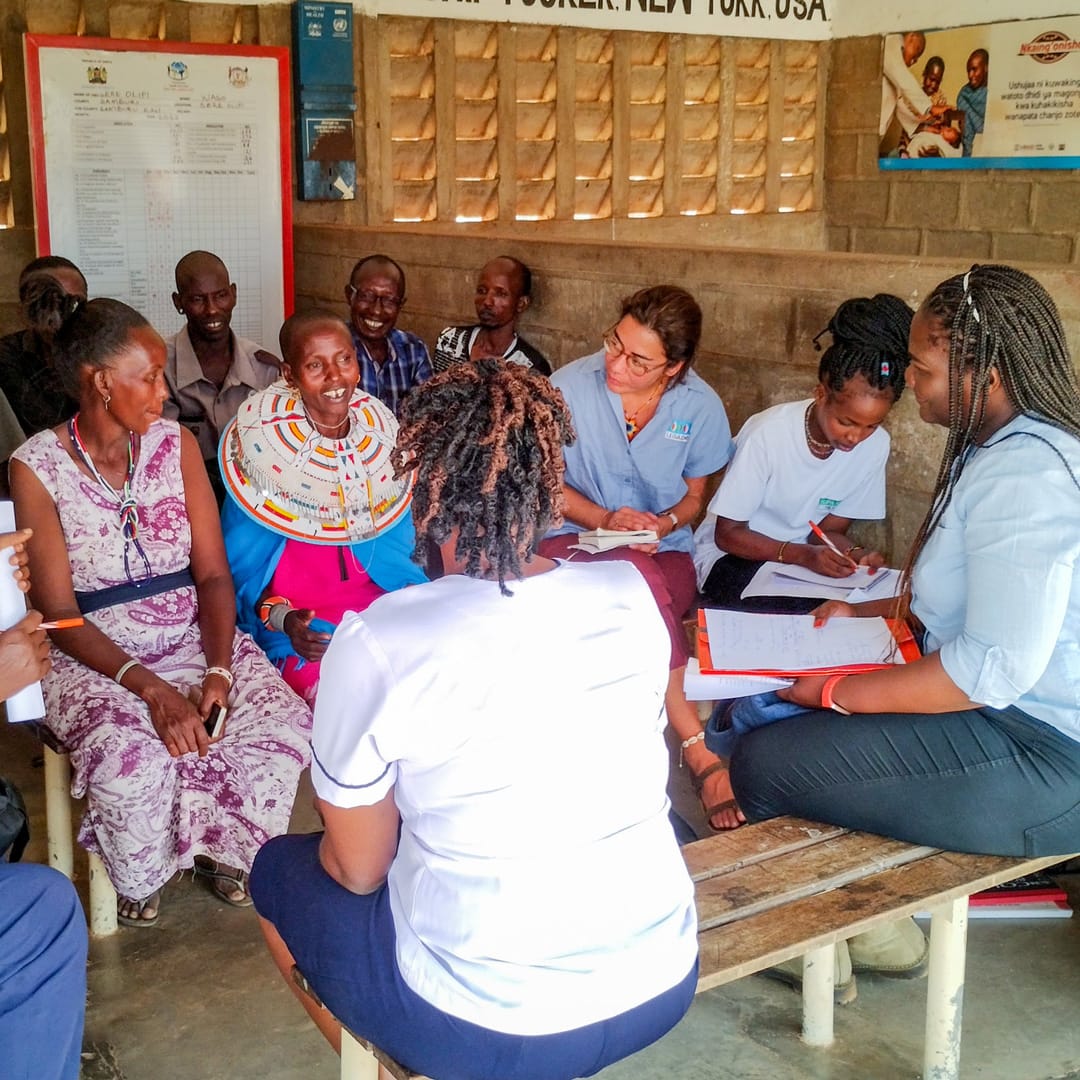
Free, Prior, and Informed Consent
Before any Legacy Planning happens, Legado obtains free, prior, and informed consent (FPIC), a fundamental right we respect when working with Indigenous and local communities.
For Legado, FPIC is a two-stage process. We first meet with community leaders. Then, we engage the community on a village-to-village level, including those with under-represented voices, such as women and youth. Through this process, we build the trust needed to begin our collaboration.
2. Community Members Identify Their Priorities
With their legacies in hand, community members identify the priorities that are important for themselves and their communities and use these to create a Legacy Plan. Each priority also outlines specific actions that will help them fulfill each priority and realize their Thriving Future.
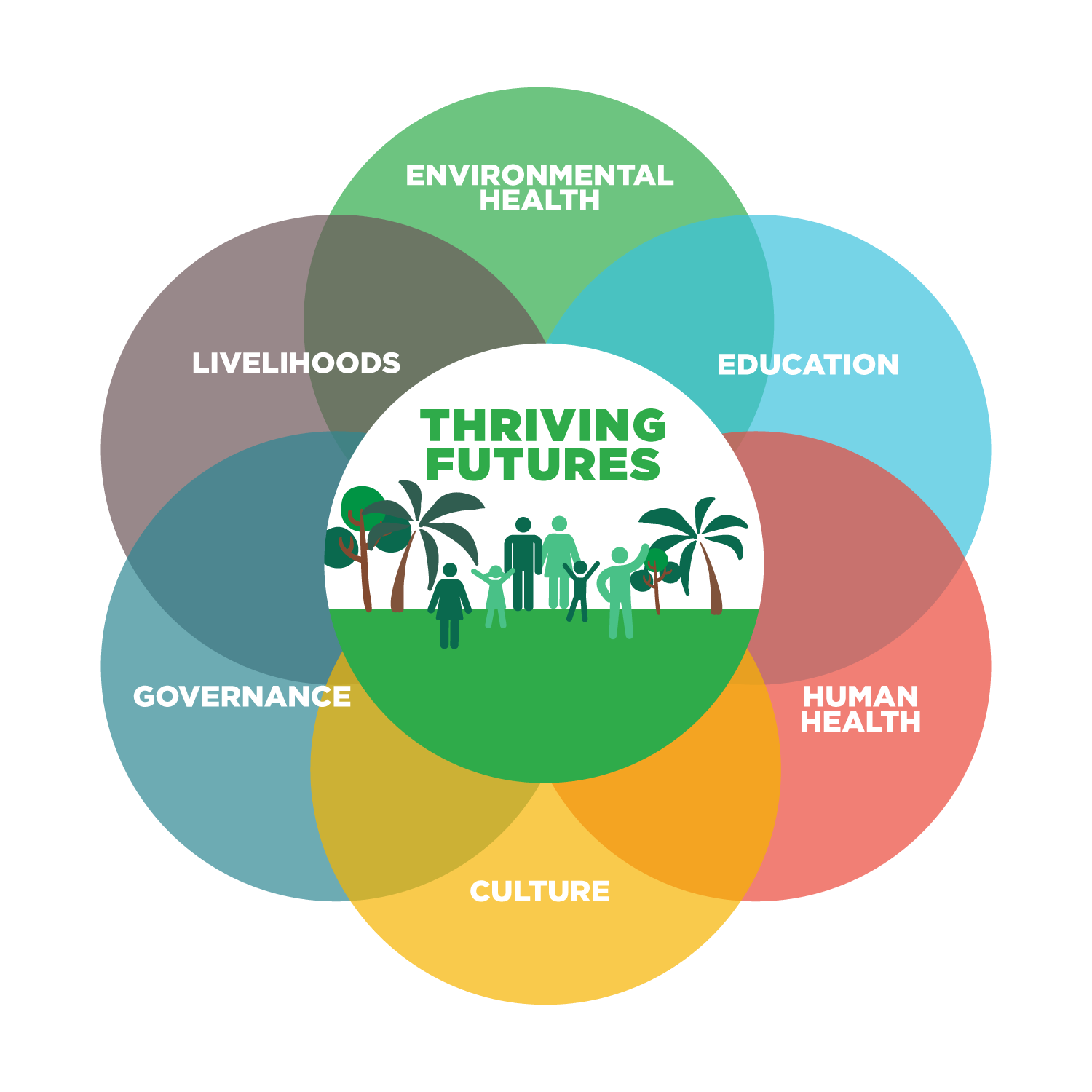
Communities take a 360o approach to assess and plan their priorities.
This is done at two levels:
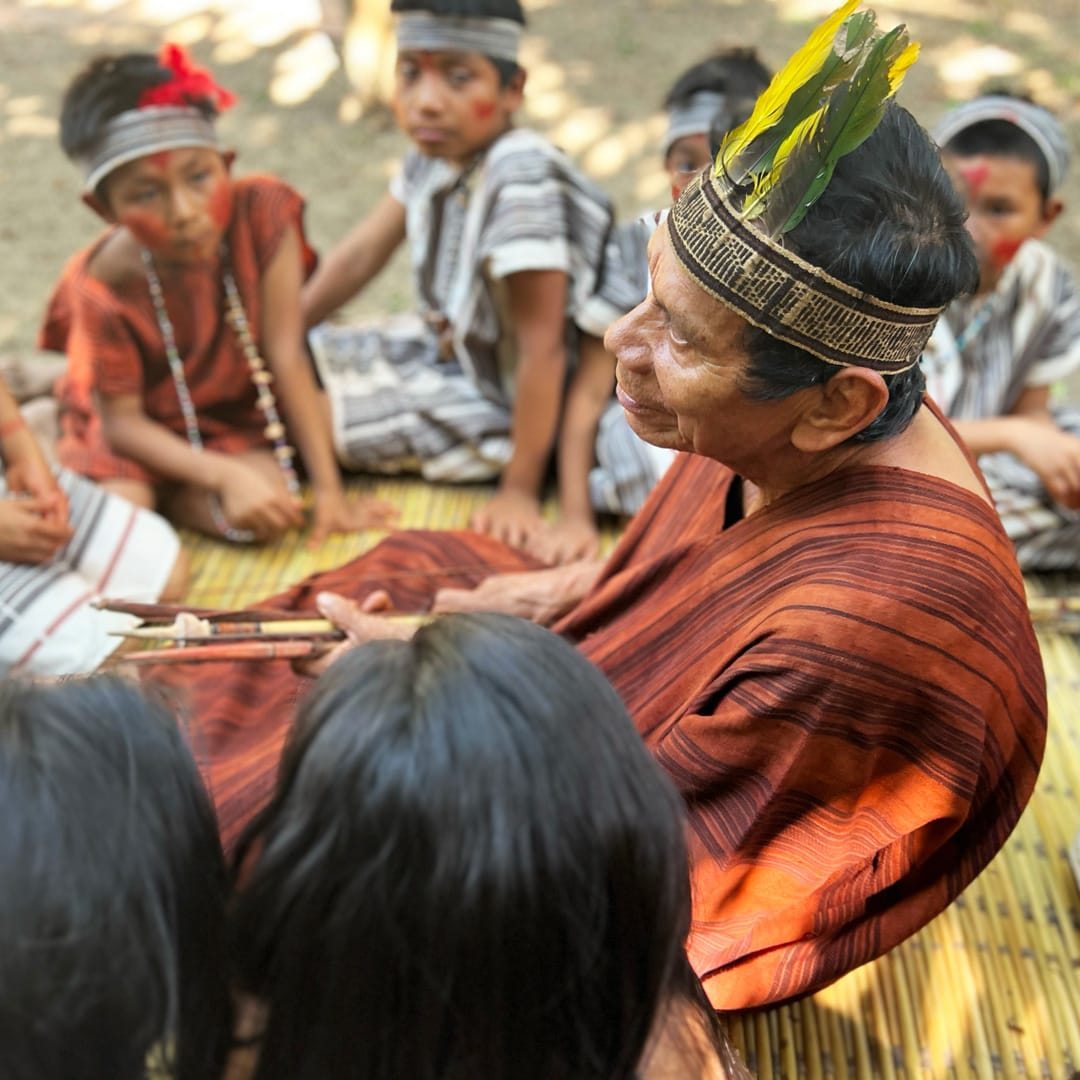
Salomon Pereira teaching Machiguenga traditional hunting practices to children in Monte Carmelo, Peru | Legado
For example, education can mean both classroom-based education and the passing of traditional knowledge as well as how cultural health practices are championed, how communities learn traditional and non-traditional livelihoods, and so on.
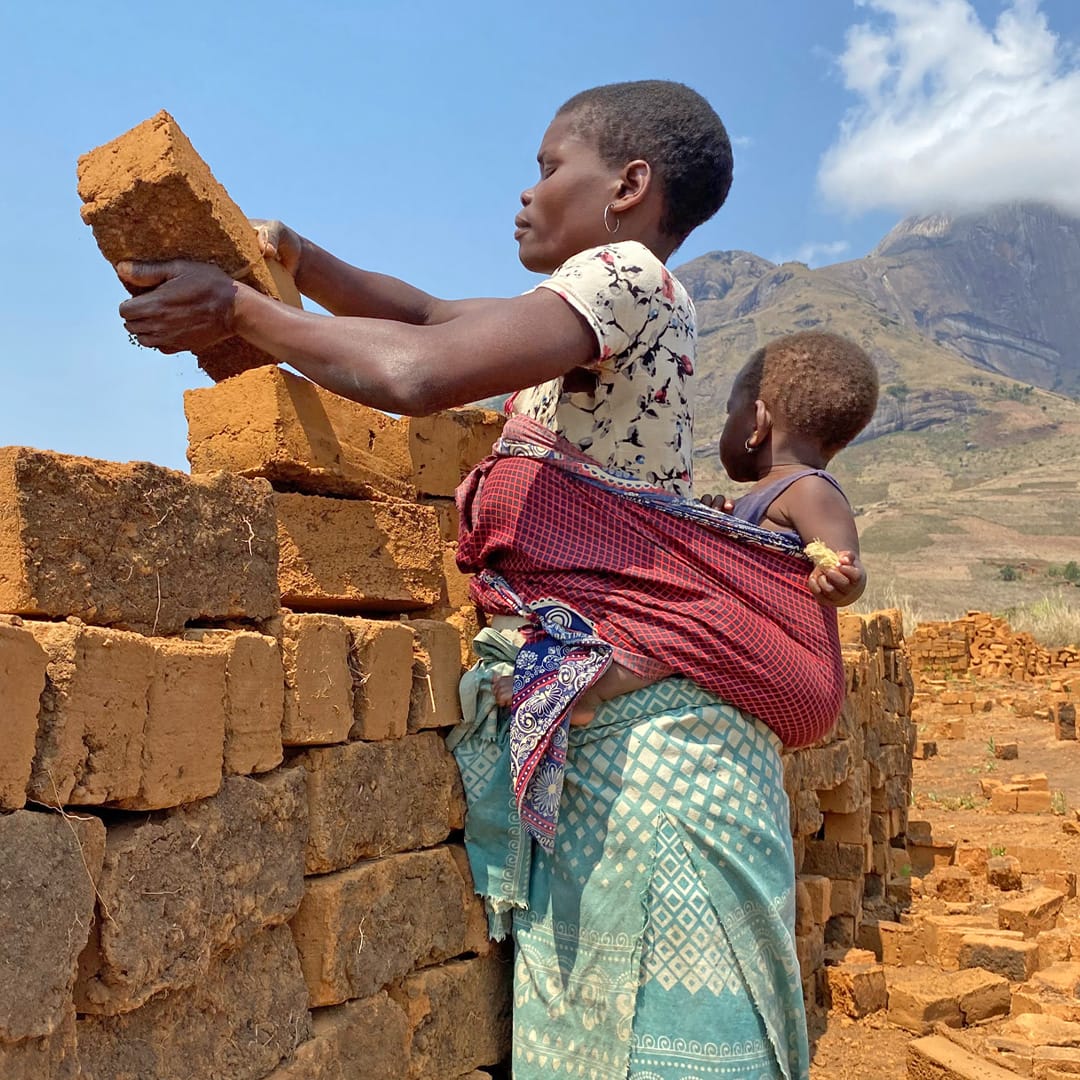
A volunteer from the Mucunha community helps build a traditional stove to burn the blocks that will be used to construct a new health center | Legado
For example, a community might establish a priority centered on health that includes building a maternal health center. They would then consider how fulfilling this priority might affect other dimensions of well-being—for environmental health, this might mean determining the ideal location of the center to avoid deforestation and minimize the impact on the environment.
3. Community Members Fulfill Their Legacies and Create Thriving Futures
Community members then lead across their range of interconnected priorities by taking collective actions outlined in their Legacy Plans. In addition, they use their plans to leverage funds from the government and funders, ensuring these resources are used on their terms and in alignment with their community priorities.
When the community comes together to realize their self-determined legacies, the result is a Thriving Future.
A Thriving Future Timeline
3-6 Months
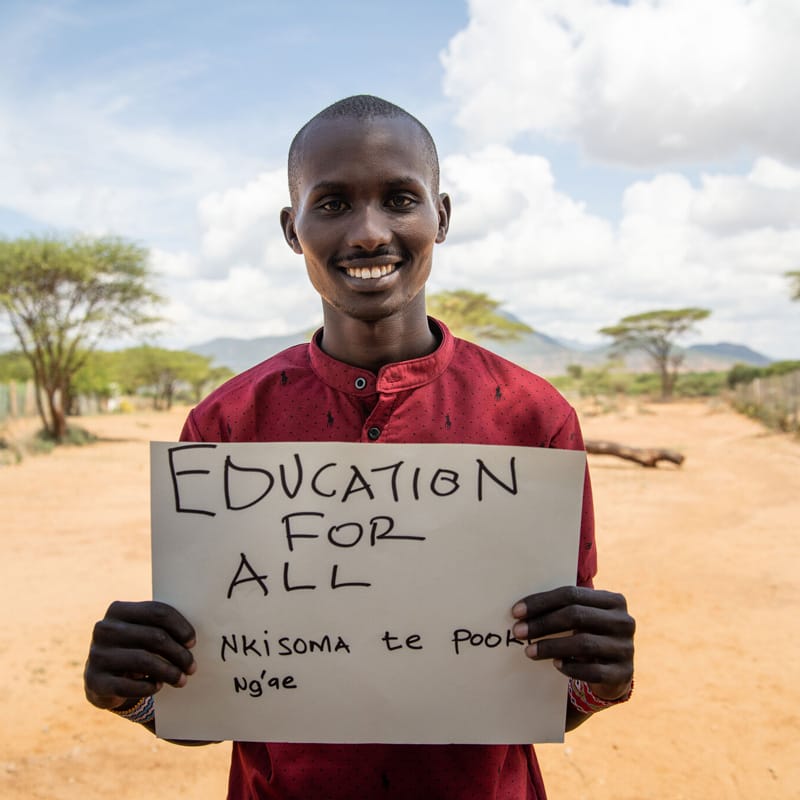
“I have reflected on strengths and challenges for our community, and I have a clear vision for tomorrow—for my community and myself.”
6-12 Months
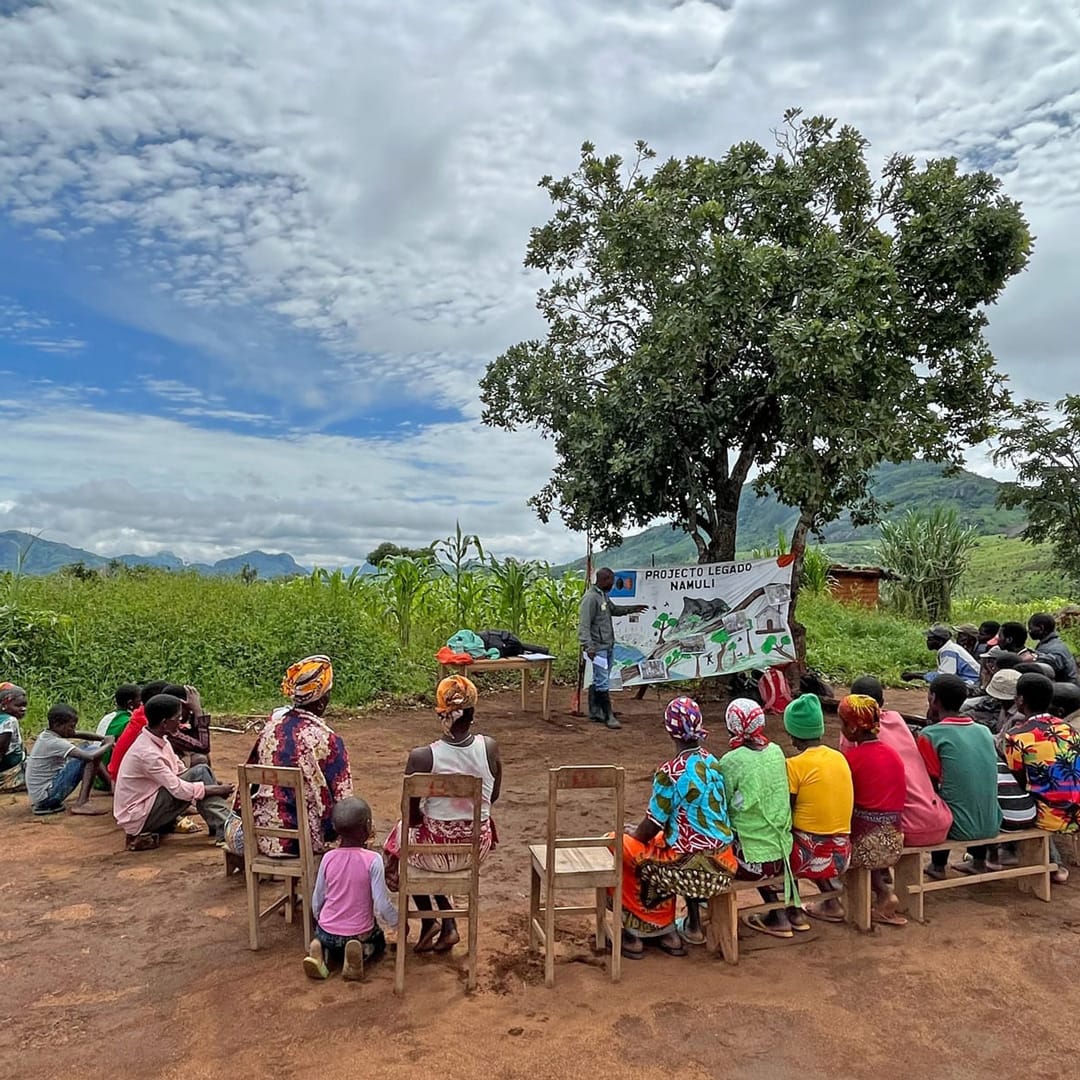
"We are working together to put our plans into action."
1-5 Years
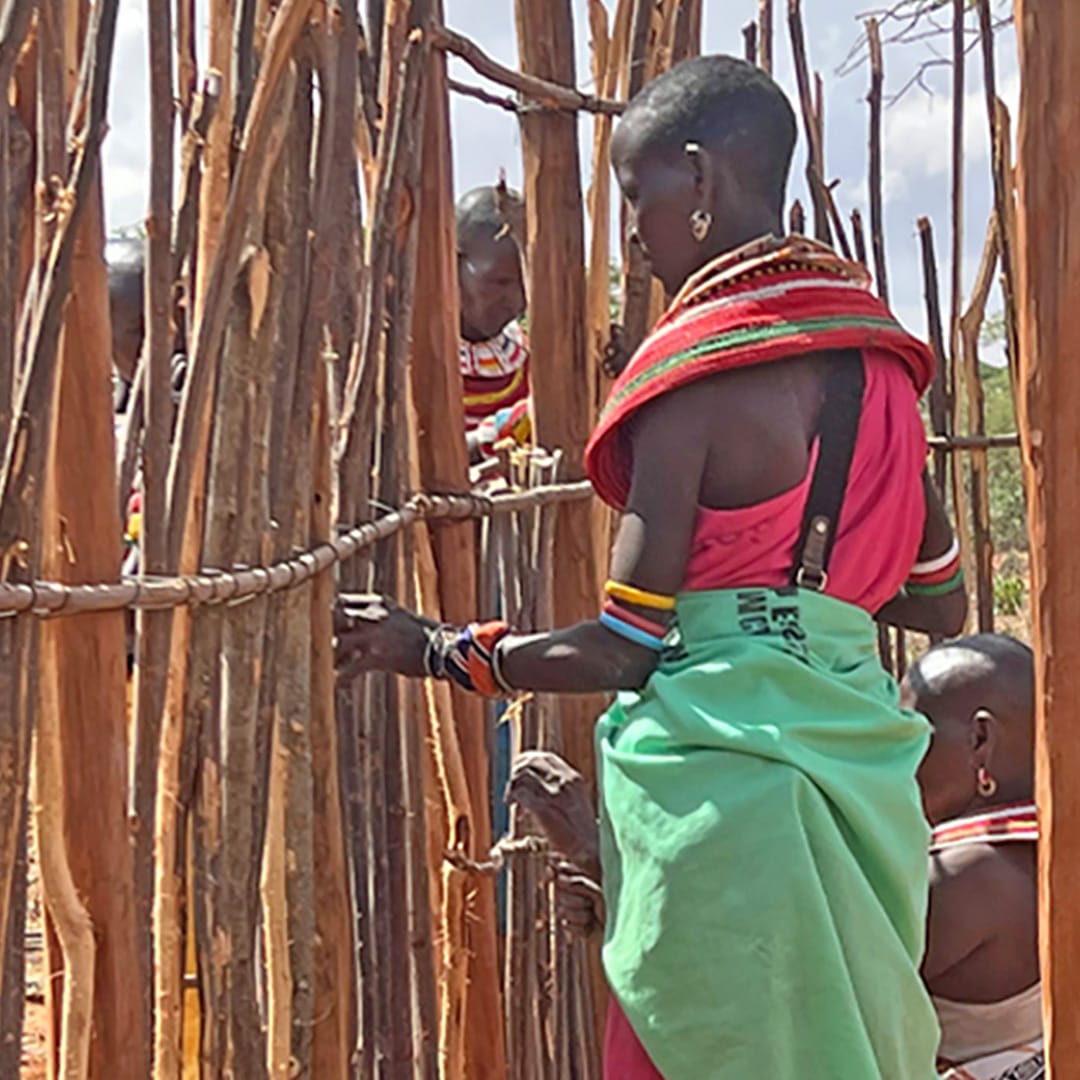
"We are making our plans a reality by taking collective action and unlocking critical support from the government and funders on our terms."
